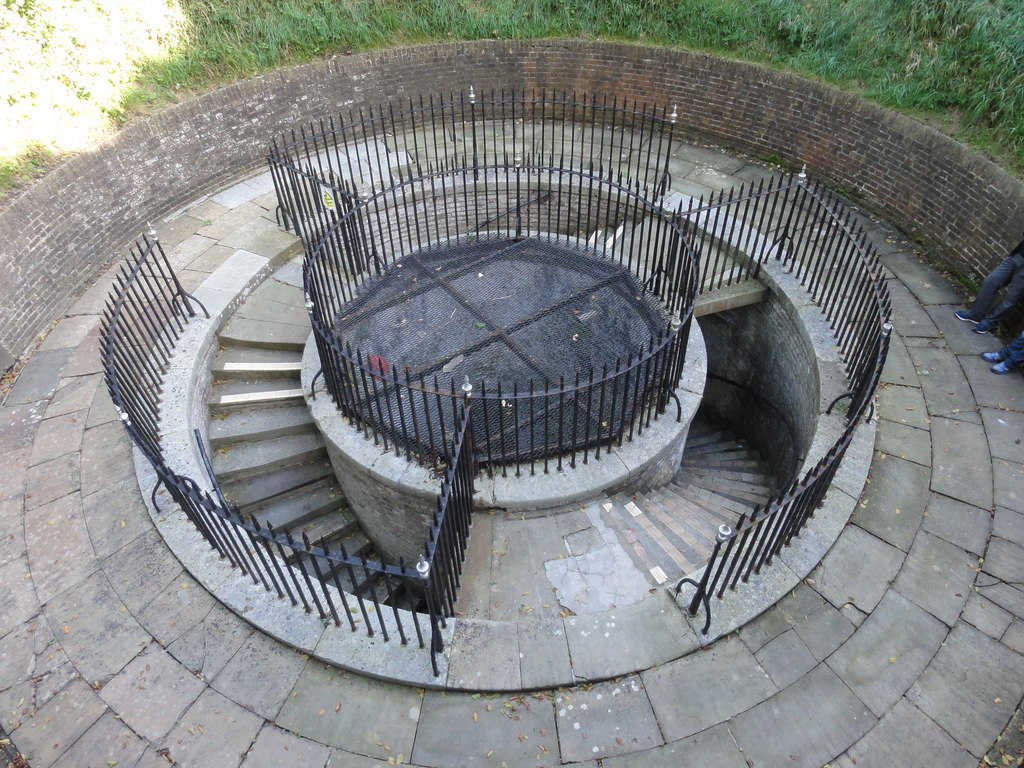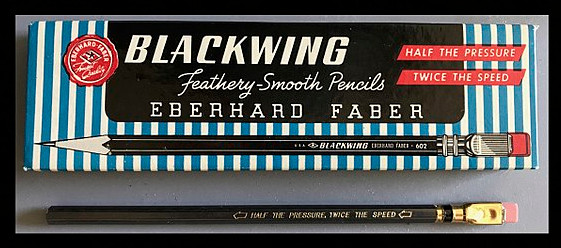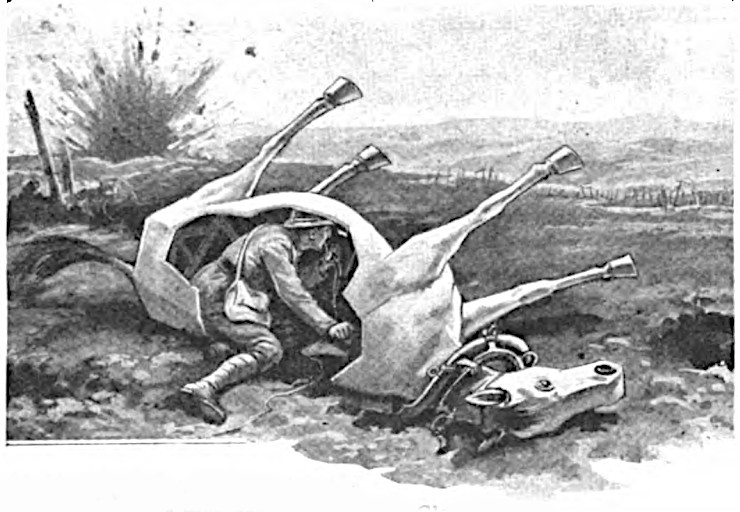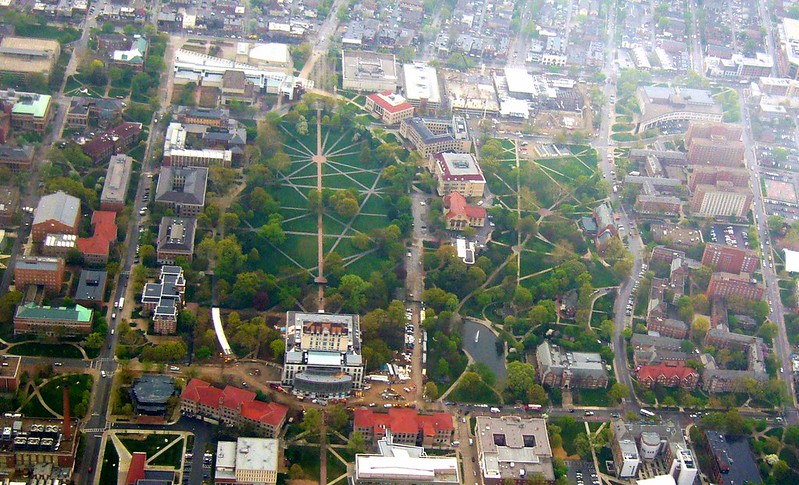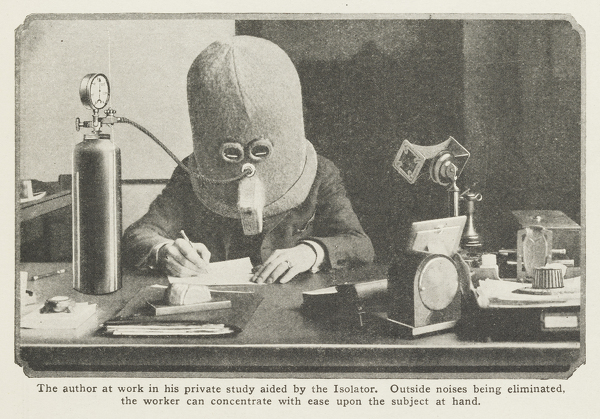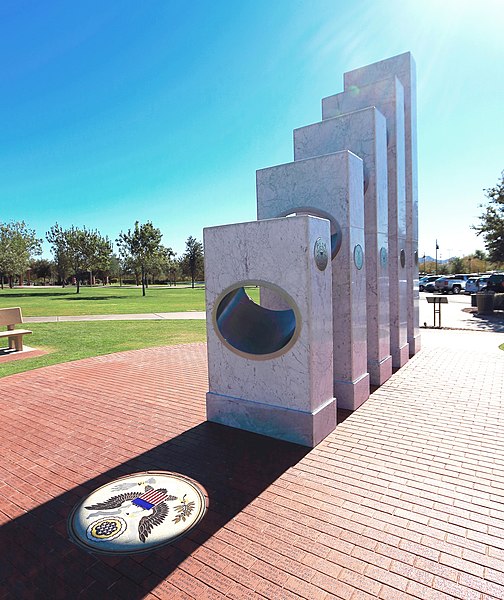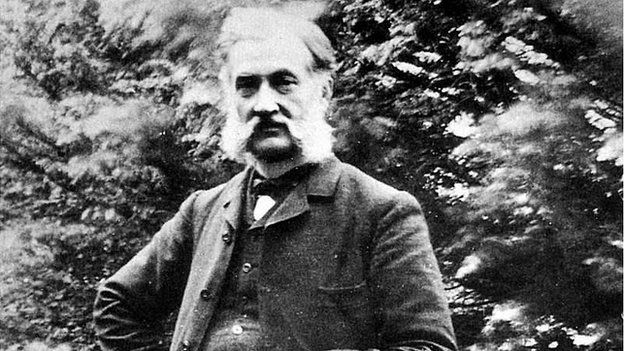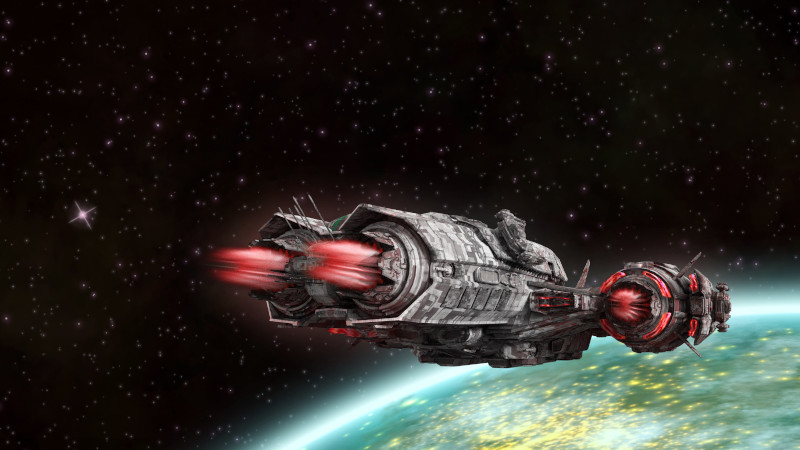
Suppose you build a ship that can take you to Barnard’s Star. Should you depart today? Perhaps not: Our civilization might create a faster ship tomorrow that will overtake you on the journey. But clearly if you wait too long then you’ll simply lose out to an earlier ship. There must be some optimal waiting time that will deliver you to the star before any other pilot.
What is that time? “It has been shown that taking reasonable estimates for growth, an interstellar journey of 6 light years can best be made in about 635 years from now if growth continues at about 1.4% per annum,” writes researcher Andrew Kennedy. “At this point, the journey could be made in 145 years.”
(Andrew Kennedy, “Interstellar Travel: The Wait Calculation and the Incentive Trap of Progress,” Journal of the British Interplanetary Society 59:7 [2006], 239-246.)

